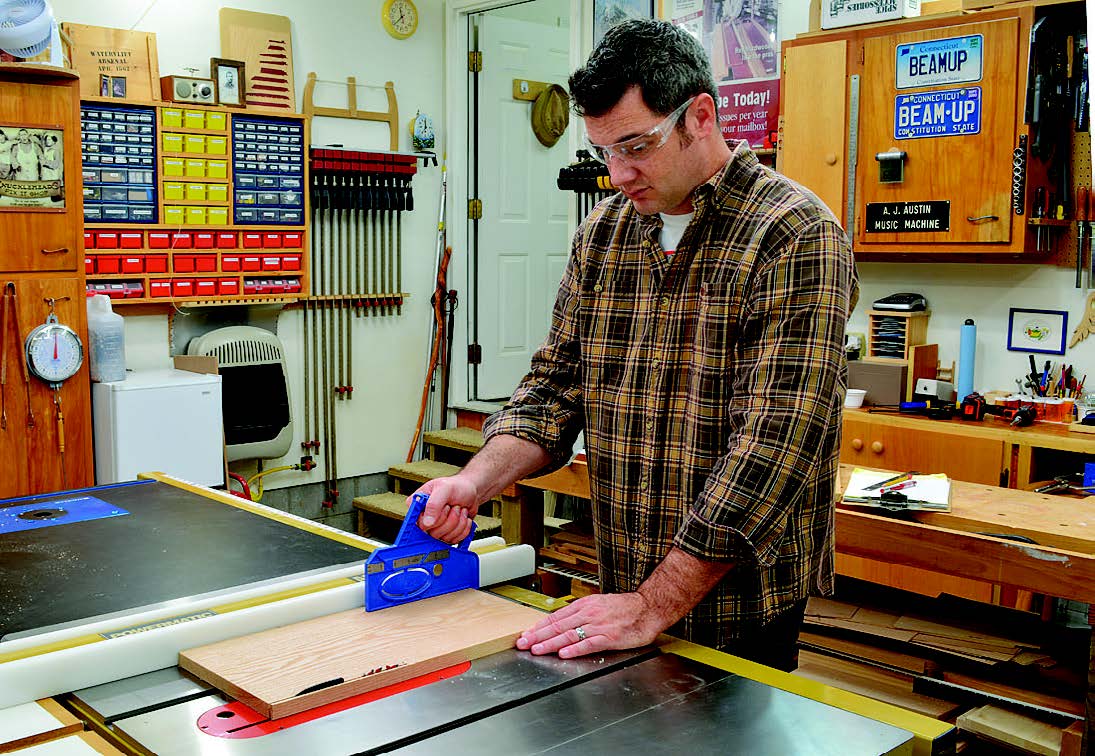
This woodworker is having problems with his table saw burning hardwoods on one side of the blade. He heard that some hardwoods are more prone to burning than others. Is that true?
Michael Dresdner: Yes, it is true. Cherry is a good example of a wood prone to burning. However, the problem is most likely in the saw setup, the blade trueness, or the speed the wood is being fed into it. A well set-up saw with a good blade will not burn wood that is fed into it at the right speed. Take another look at your setup ? it is too soon to be blaming the wood.
Rick White: First off, cherry and mahogany are more prone to burn when you’re cutting them, so make sure you don’t stop in the middle of a cut or feed the material too slow when working with these woods. There are other factors that cause burning, including:
Dull blades The saw is not square with the fence Wood could be warped and pushing itself into the blade as it’s cut. Check the alignment of the blade and fence once, and then check it again. That’s the likely culprit.
Ian Kirby: It very much sounds like the fence isn’t aligned parallel to the blade. Slow feeding, even with a brand new carbide blade, will cause burning because there’s too much friction. Check that the fence is parallel and feed the wood faster (it’s practically impossible to feed too fast – the saw motor will bog down before you could damage the blade).
Ellis Walentine: Certain woods, whether hard or soft, are more prone to burning from the friction of a saw blade or router bit. If your wood is burning on just one side, it suggests that you need to align your table saw blade with your rip fence.
You can reduce burning by using a sharp rip blade for ripping and a sharp ATB (alternate top bevel) blade for crosscutting. Fewer teeth will produce a slightly rougher cut but will generate less heat and burn less.





